Raphael Gleitsmann, born in 1910, spent most of his life in Akron, Ohio. He was a self-taught artist whose only formal training came from Miss Calvin at Central High School and Paul Travis at the Cleveland School of Art. Although he favored oil painting, he also worked in watercolor, photography and other media. The artist’s earlier works were idealized presentations of life in Middle America during the Great Depression in the realistic style.
Gleitsmann served as a combat engineer in World War II from 1943-1945. While in Europe he created quaint sketches that also recorded the devastation caused by the war. He was wounded at the Rhine River, received the Purple Heart and returned to Akron. Everything he saw and experienced at war abroad affected his art. Although he initially returned to painting in his signature realistic manner, he quickly began to grow into a more abstracted, expressionistic style, based on imagination and memory, which focused on post-Apocalyptic imagery such as ruins and cemeteries. “The war experience put something into the work that it had never had before-a greater awareness of such things as the attrition of time . . . what happened to us,” said Gleitsmann in a 1982 interview. “It’s something deep in the experience that does shift focus around, and you are different and often better.”
Gleitsmann received national recognition for these works when he received first prize in a 1948 Carnegie Institute exhibition of international contemporary painting beating out Andrew Wyeth. These war-inspired paintings, may also have led him to end his career as an artist around 1954, Gleitsmann may have wished to put the horrors of war behind him “it’s something like having a belief-believing that what you’re doing is of importance . . . when you lose the belief, it seems there’s no return . . . mostly I just found I really had nothing to say anymore,” said Gleitsmann. After Gleitsmann retired from painting, he first tried framing and then focused on restoration work on oil paintings and works of paper. The artist passed away in 1995.
Source:
Akron Art Museum
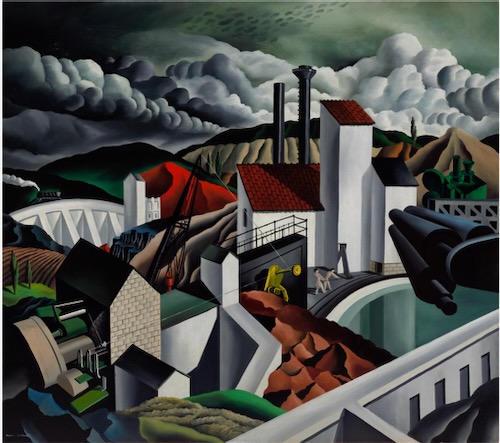
The White Dam, 1939
Works by Raphael Gleitsmann
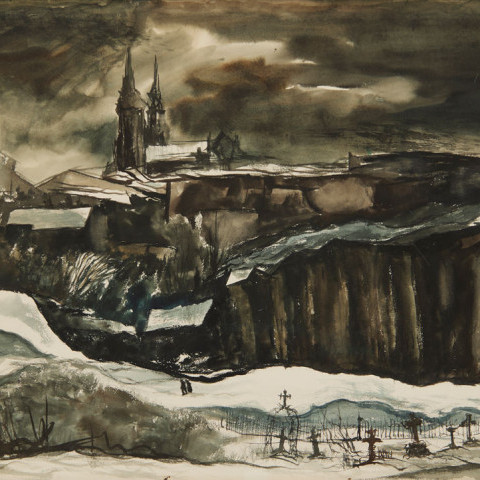
European Cemetery, 1948 Raphael Gleitsmann
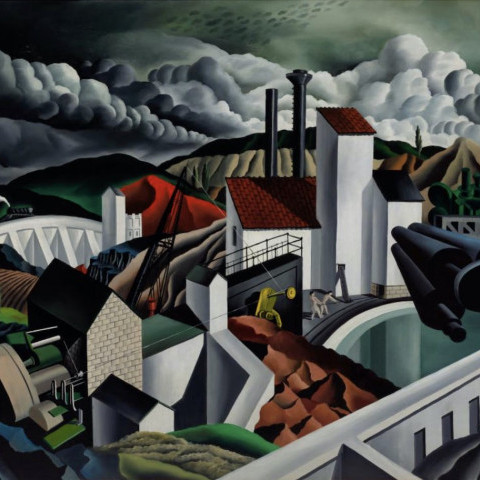
SOLD
The White Dam, 1939 Raphael Gleitsmann
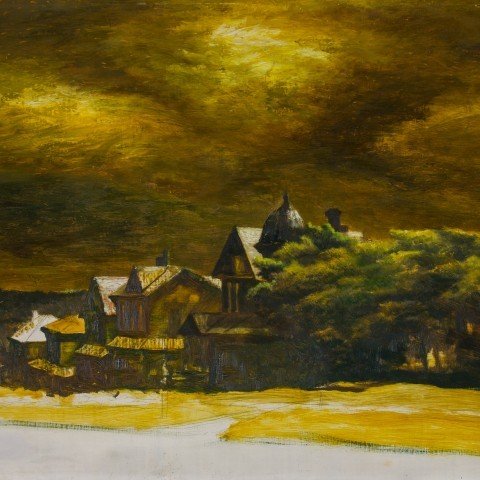
SOLD
Cadiz by Moonlight Raphael Gleitsmann
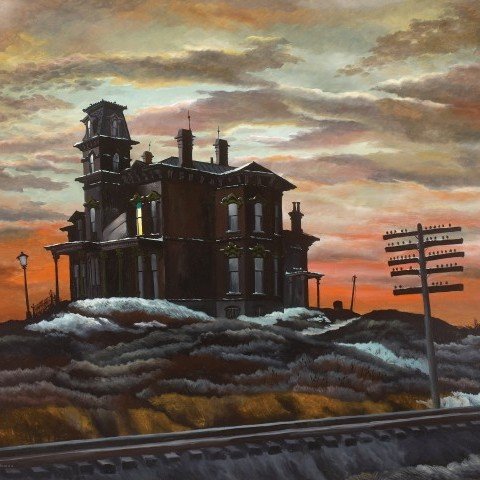
SOLD
House at Sunset, Medina County, Ohio, ca. 1941 Raphael Gleitsmann
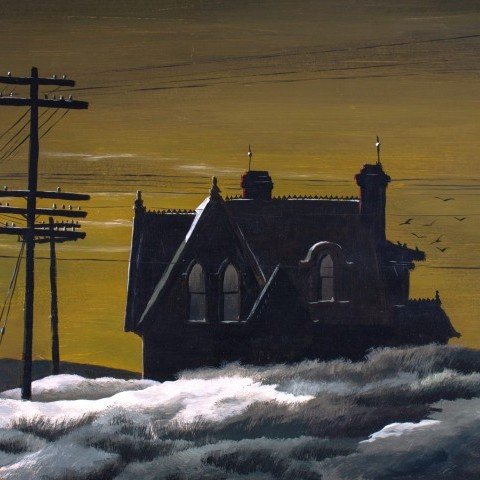
SOLD
Dusk in Winter, 1943 Raphael Gleitsmann
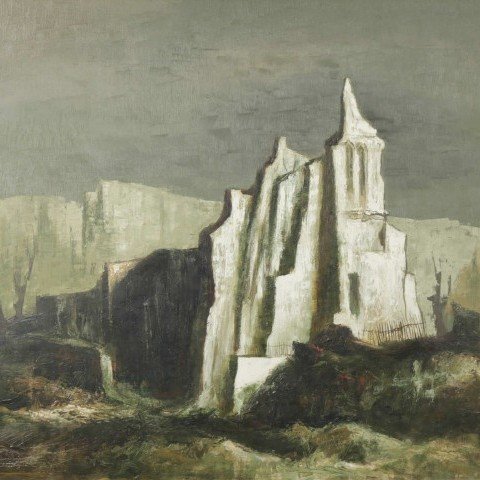
SOLD
French House II, c.1945 Raphael Gleitsmann
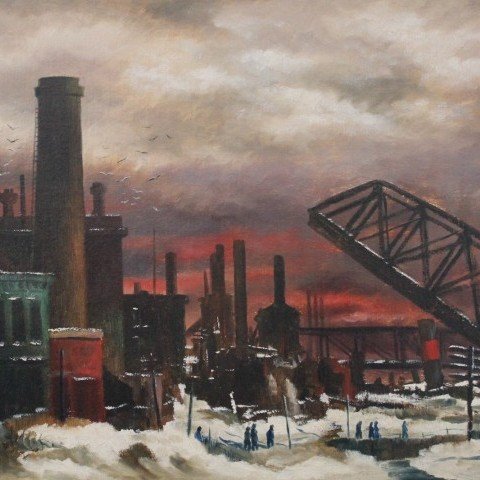
SOLD
Cleveland Flats, 1946 Raphael Gleitsmann
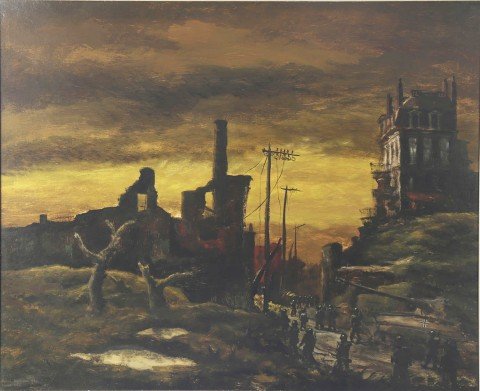
SOLD
France 1944 Raphael Gleitsmann
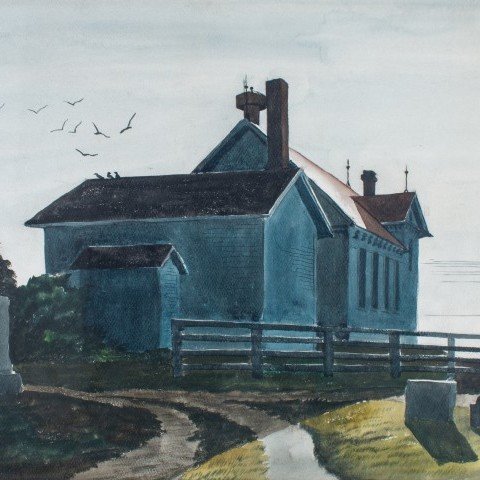
SOLD
Churchyard Cemetery, 1946 Raphael Gleitsmann
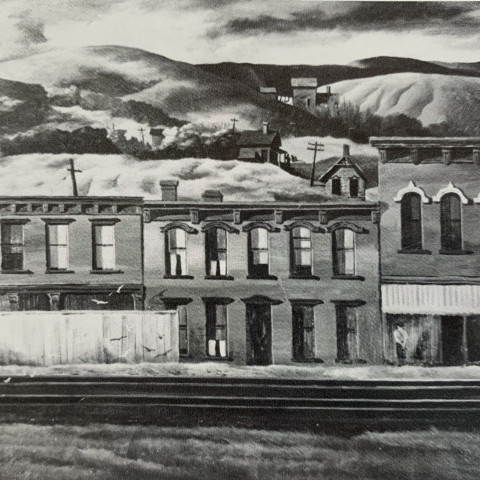
SOLD
By the Tracks, 1946 Raphael Gleitsmann
